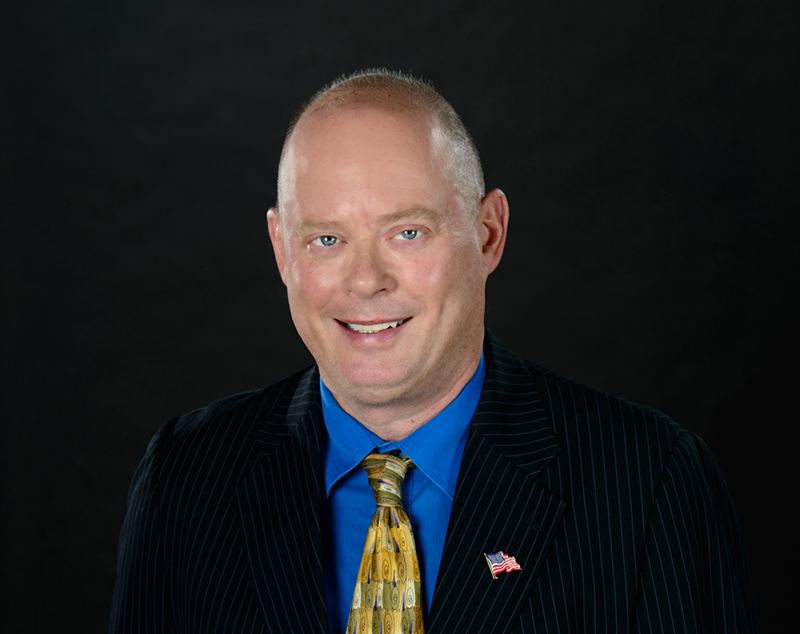Helping the Homeless
South Florida continues to struggle coping with the plight of the homeless, but at least there are some changes in attitude on how to deal with the problem.
In researching this issue’s article on efforts to address the homeless situation in Broward County, I came across a 2014 Sun Sentinel article that showed just how bad some previous approaches were.
In 1980, Vice Mayor Virginia Young suggested busing homeless people to the Everglades. “It would at least take them a while to get back,” she reasoned. City Commissioner Bob Cox, who later became mayor, suggested locking the homeless in police wagons and letting them bake in the sun, and dousing garbage cans with kerosene so they couldn’t forage for food. (He later said he meant to say bleach.)
As the article in this issue outlines, business, government and charitable leaders in Broward County have launched an all-encompassing effort to deal with the county’s homelessness problem. They deserve the support of the business community because, for one, the situation is creating an economic development problem.
One knotty problem, though, is still festering in Miami-Dade County, and there seems to be no solution in sight.
County law says sex offenders whose victims were under 16 need to live more than 2,500 feet from schools, playgrounds and daycare centers, which is more restrictive than the state law of 1,000 feet. The result is there are hardly any affordable places that meet that criteria.
Research presented in an article by an investigative-journalism website, the Intercept, found that there’s no evidence that the restrictions actually accomplish anything. The reason is most sex offenders commit crimes against victims whom they know from family ties or friendships.
The law has resulted in homeless Miami-Dade sex offenders clustering together in squalid camps.
For five years, there was a colony of registered sex offenders living under a bridge on the Julia Tuttle Causeway. That camp was eventually cleaned up, but, in the last four years, there was a sex offender homeless camp near an industrial park located on the edge of Hialeah.
As deadline for this issue approached, NBC 6 reported that the Hialeah camp had been cleared out. One possible new location mentioned by multiple news organizations was near Krome Avenue and West Kendall Drive. That’s right by the Everglades, which nicely matches Virginia Young’s suggestion. Neighbors protested, so that seemed to be quashed.
Jeffrey Hearne from Legal Services of Greater Miami was quoted by at least two news outlets as saying, “Because of the difficulty they have finding housing, they will most likely relocate to another street corner to avoid arrest, and new encampments will pop up and this cycle will continue.”
There’s a problem in need of a solution.














